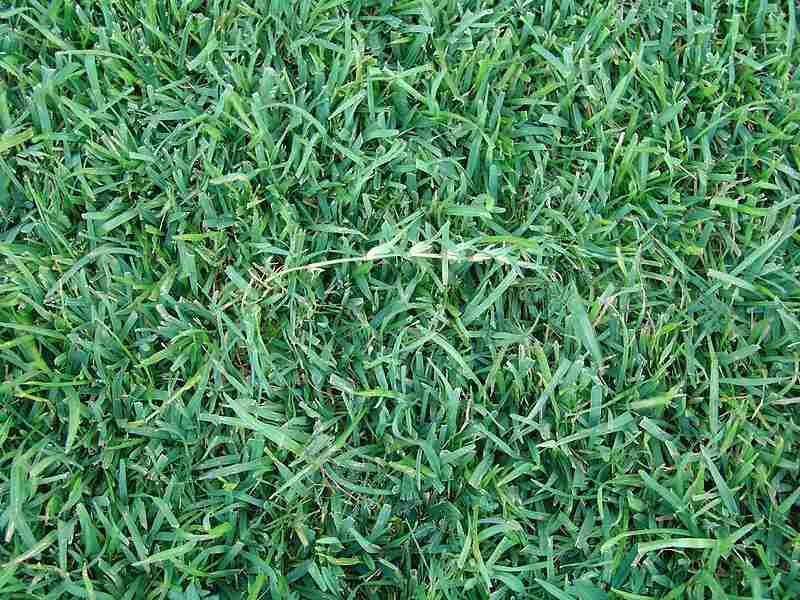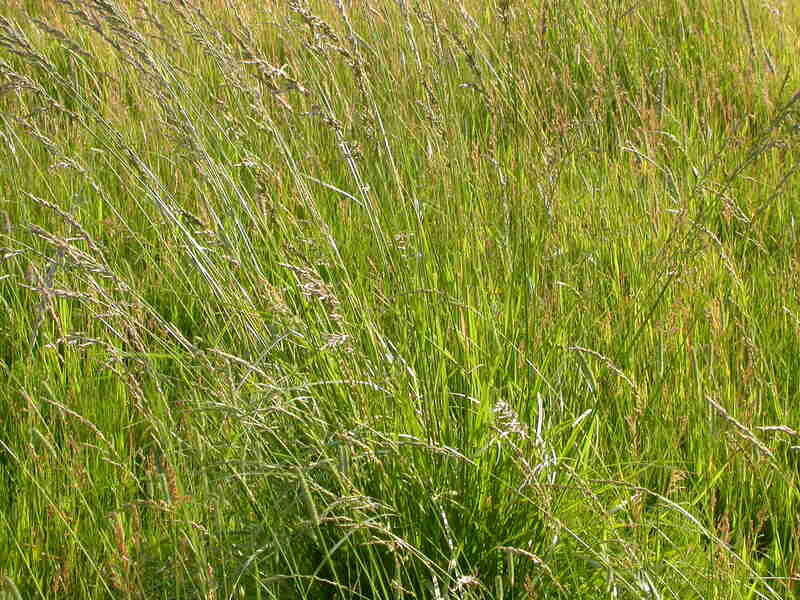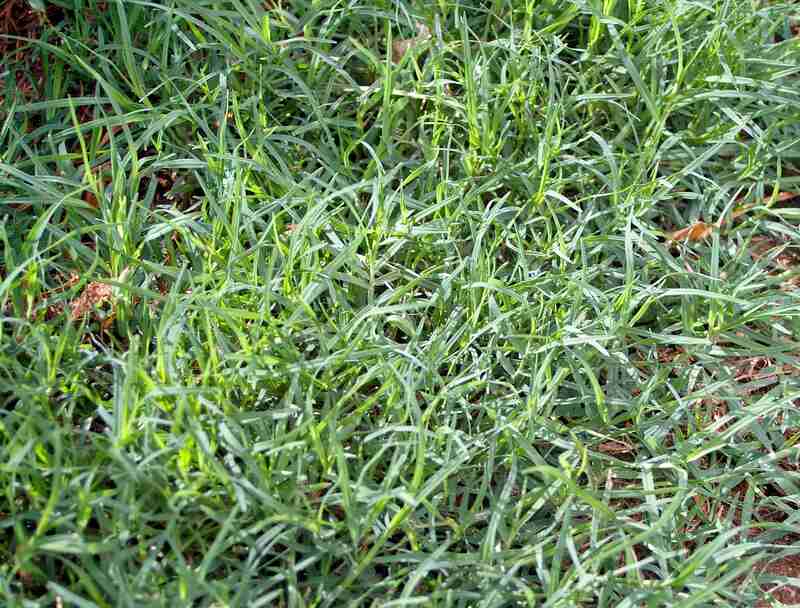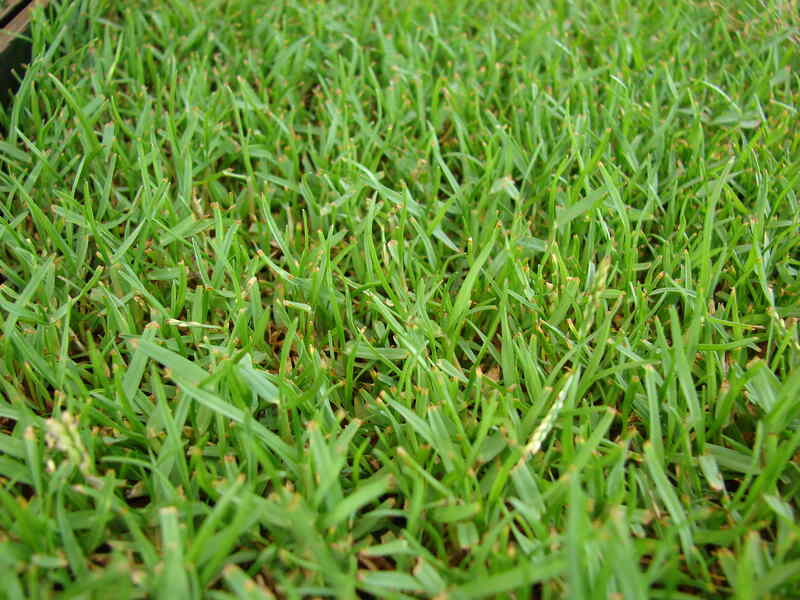5 Best Grass Types for Virginia Beach, VA
BY JEFFERY KEUSSEYAN | APRIL 16TH, 2023 | LAWN CARE, VIRGINIA, VIRGINIA BEACHWhen the delightful spring season kicks in, Virginia Beach residents look to make the most of their green yard by throwing parties or playing games, such as lawn bowls. On the other hand, some might feel less optimistic with a tired and grim-looking turf. Since Virginia lies in the transition zone, the best grass types for Virginia Beach include cool- and warm-season grasses.
Transition zone homeowners enjoy a moderate climate with hot summers and cold winters. Because Virginia Beach is in the southeasternmost part of the transition zone, the warmer weather makes warm-season grasses the popular pick. The upcoming sections will help you learn more about these grass types and their characteristics.
In this article
Warm-Season vs. Cool-Season Grasses
As a rule of thumb, selecting the right cool- or warm-season grass based on your planting zone is vital.
Cool-season grasses thrive when the average daytime temperature is between 60 and 75 degrees Fahrenheit. They actively grow in early spring and fall, entering a dormancy period in summer and winter. Cool-season grasses grow in the Midwest, Pacific Northwest, and most of the Northeastern regions.
On the other hand, warm-season grasses thrive when daytime temperatures range from 75 to 95 degrees Fahrenheit. They actively grow in late spring and summer, entering winter dormancy when temperatures drop below 65 degrees Fahrenheit. Warm-season grass performs well in humid regions like the Gulf and Southeast.
5 Best Grass Types for Virginia Beach
Virginia Beach homeowners enjoy a moderate climate, allowing them to choose from either of the following grass types:
1. Centipedegrass

Photo Credit: James Becwar / Wikimedia Commons / CC0
Centipedegrass is a warm-season grass that thrives in mild climates, making it ideal for transition zones like Virginia Beach. Compared to other warm-season grass, it has the slowest growth rate. Centipedegrass needs proper soil preparation and planting conditions in order to thrive. It has a relatively shallow root system, and spreads laterally via stolons. Unfortunately, its low traffic tolerance means you need to avoid some of those intense lawn games.
Classification: Warm-season grass
Spreads by: Stolons
Shade tolerance: Moderate
Drought tolerance: Moderate
Foot traffic tolerance: Low
Mowing height: Set the mowing height between 1 and 2 inches.
Potential for disease: Good resistance to diseases and insects
Soil pH: 5-6
Soil type: Acidic, infertile, at least moderately good drainage (very dense, clay soils produce poor results)
2. Tall Fescue

Photo Credit: Matt Levin / Flickr / CC BY-SA 2.0
Tall fescue is a versatile grass that is adaptable to a wide range of climates. It is well-suited in southern transitional areas where cool- and warm-season grasses meet their climate limits.
Sometimes called ‘bunchgrass’, tall fescue grows in clumps and spreads primarily through tillers. This makes it easy to contain and keep out of flower beds. If you enjoy lawn games with your family and friends, then the Kentucky 31 tall fescue variety is a good option that tolerates high traffic.
Classification: Cool-season grass
Spreads by: Produces short rhizomes but has a bunch-type growth habit
Shade tolerance: Moderate
Drought tolerance: Moderate to High
Foot traffic tolerance: Moderate
Maintenance needs: Frequent mowing. Does not produce significant thatch.
Mowing height: Set mowing height to 2 inches when grass reaches 3 inches tall.
Potential for disease: Tolerant of most diseases when properly maintained.
Soil pH: 5.5-6.5
Soil type: Adapted to a wide range of soil conditions, but prefers fertile clay soils with good drainage.
3. Bermudagrass

Photo Credit: Bidgee / Wikimedia Commons / CC BY-SA 3.0
Bermudagrass, commonly known as wiregrass, is the fastest growing turfgrass used on lawns. It grows actively from late spring through hot summer months. Unlike other grass types, bermudagrass spreads by both stolons and rhizomes. It is not known for its severe cold tolerance, and can recover quickly if damaged. Bermudagrass produces a dense, light to dark green turf with excellent wear and salt tolerance.
Classification: Warm-season grass
Spreads by: Stolons and rhizomes
Shade tolerance: Low; thrives in full sun
Drought tolerance: High
Foot traffic tolerance: High
Maintenance needs: Needs frequent mowing due to fast growth rate; develops thatch easily; needs regular fertilization
Mowing height: Set the mowing height between 0.5 and 1.5 inches for hybrid Bermudagrass cultivars. Mow common Bermudagrass down to 1.5 to 2.5 inches.
Potential for disease: Good resistance to disease, although diseases are common; low resistance to insects
Soil pH: 6-6.5
Soil type: Tolerates most soil types
4. St. Augustinegrass
St. Augustinegrass is ideal for those living along the coast, including Virginia Beach. There are no seeds for this type of grass, so they can only be established as sod or grass plugs. If you’re looking for a tropical aesthetic, St. Augustinegrass has thick blades that don’t grow very dense. Despite its low traffic tolerance, this species is the most shade-tolerant of all the warm-season grasses.
Classification: Warm-season grass
Spreads by: Stolons
Shade tolerance: Moderate. It is the most shade tolerant warm-season grass.
Drought tolerance: Moderate to High
Foot traffic tolerance: Low
Maintenance needs: Needs frequent mowing due to fast growth rate; develops thatch easily; needs regular fertilization
Mowing height: Set the mowing height between 3.5 and 4 inches.
Potential for disease: Moderate to high
Soil pH: 6-7.5
Soil type: Tolerates many soil types; prefers moderately fertile and moist (not waterlogged) soils; doesn’t tolerate soil compaction.
5. Zoysiagrass

Photo Credit: Forest and Kim Starr / Flickr / CC BY 2.0
Choosing zoysiagrass will give you a beautiful, dense lawn with little maintenance. It stands up to heat and heavy foot traffic, though it is less drought-tolerant than bermudagrass. It is a slow grower, but can be an aggressive spreader that takes over weeds and other plants. To keep zoysiagrass from forming a dense mat of thatch, core aeration in the early summer is highly recommended.
Overall, zoysiagrass is suitable for families that use their lawns for games and entertainment.
Classification: Warm-season grass
Spreads by: Stolons and rhizomes
Shade tolerance: Moderate
Drought tolerance: Moderate
Foot traffic tolerance: High, but recovers slowly from damage
Maintenance needs: Low nitrogen fertilization requirements, although, it’s prone to thatch build-up.
Mowing height: Set mowing height between 1 and 2 inches.
Potential for disease: Good disease tolerance overall
Soil pH: 6-6.5
Soil type: Well-draining, some cultivars are more tolerant of a wide range of soils than others.
FAQ About Virginia Beach Grass Types
Tall fescue is the best adapted turfgrass used for lawns across Virginia. In addition to the positive factors mentioned above, there are over 100 cultivars of turf-type fescues available for Virginia homeowners to choose from.
Zoysiagrass is arguably the best low-maintenance grass for your lawn. Thanks to its deep root system, it is versatile and able to grow in various conditions. Despite being a warm-season grass, it is a highly popular choice among Virginia Beach residents.
Sports-turf grasses are usually the ‘toughest’, as they would obviously need to endure heavy use. Bermudagrass is one of the best options for athletic fields due to its rapid recovery and growth. It is a warm-season grass that highly tolerates drought. One downside is that it grows very poorly in the shade.
Choosing Grass for Transition Zone Lawns
Virginia Beach sits well in the transition zone. In addition to various cultivars, a mix of cool- and warm-season grass can thrive comfortably in the area. Before choosing a certain grass type, you should consider your property type, yard size, and lifestyle.
Once you’ve selected the most suitable grass, you might want to add some native Virginia Beach plants to help boost the ecosystem.
Lawn maintenance may sometimes be a difficult task, and some homeowners prefer leaving it to the pros. Contact a local lawn care professional to help you get a healthy, lush green lawn.
Main Image Credit: JERRYE & ROY KLOTZ, M.D. / Wikimedia Commons / CC BY-SA 4.0